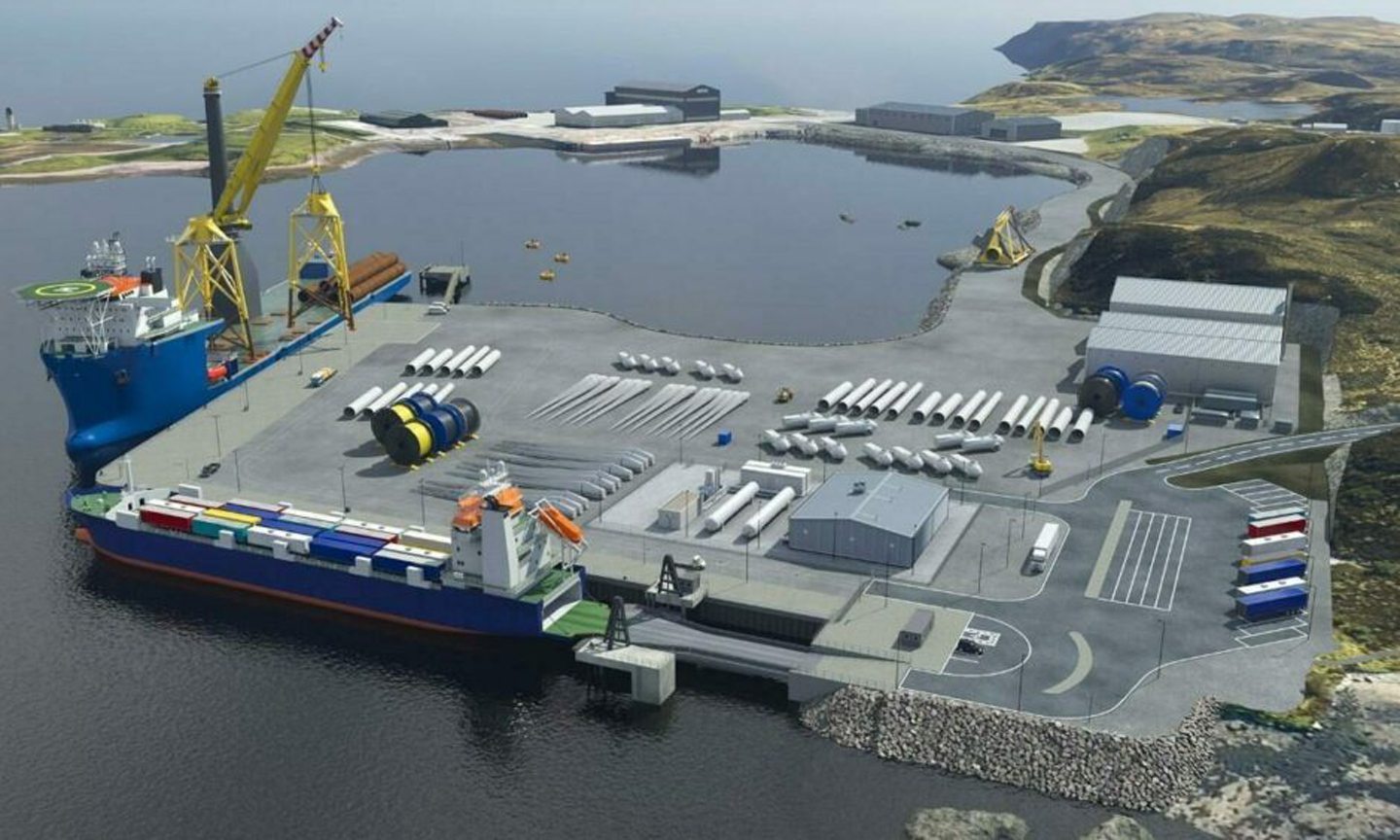- Messages
- 54,106
- Reaction score
- 8,254
- # of dives
- 500 - 999

HSE notice served after diver killed clearing shipwrecks at Stornoway Port
A health and safety notice has been served after a diver was killed clearing shipwrecks in Stornoway. Luka Budesa was removing shipwrecks to make way
A health and safety notice has been served after a diver was killed clearing shipwrecks in Stornoway.
Luka Budesa was removing shipwrecks to make way for Stornoway’s new £49million deep water port when he was struck on the head and crushed.
A suspended wreck moved and hit him on the head before crushing his chest and abdomen.
He died on his way to hospital.
It is understood Mr Budesa was working as a sub-contractor rather than directly employed by Orkney-based Leask Marine when the incident happened on August 31 last year.
However, the Health and Safety Executive has still issued the Kirkwall-based firm with a notice, ruling it had failed to “suitably and sufficiently” assess the risk for divers on the site.
Health and safety ‘not managed and monitored’
Leask Marine operates all over Europe and has delivered more than 500 successful marine projects.
In the HSE’s notice, investigators said the company had “failed to plan, manage and monitor” the project while it was carried out by workers under its control.
This includes “particularly” failing to properly manage and monitor the dismantling by divers of a suspended wreck.
Although Mr Budesa was not employed directly by Leask Marine, the notice states that an assessment of his health and safety was still needed due to the connected work they were undertaking.
A spokesman for Leask Marine said: “Leask Marine would like to express their deepest sympathies to the family and friends of Mr Budesa.
“Leask Marine have responded to the improvement notice outlining revised procedures for the continued phases of the project which HSE have accepted.
“Leask Marine have responded that Mr Budesa was an employee of a sub-contract business to Leask Marine and do not accept Mr Budesa was operating under their direct control, instruction, or supervision at the time of the incident.”
Following the tragedy, a GoFundMe was launched to raise money for Mr Budesa’s family. More than £5,000 was donated.




